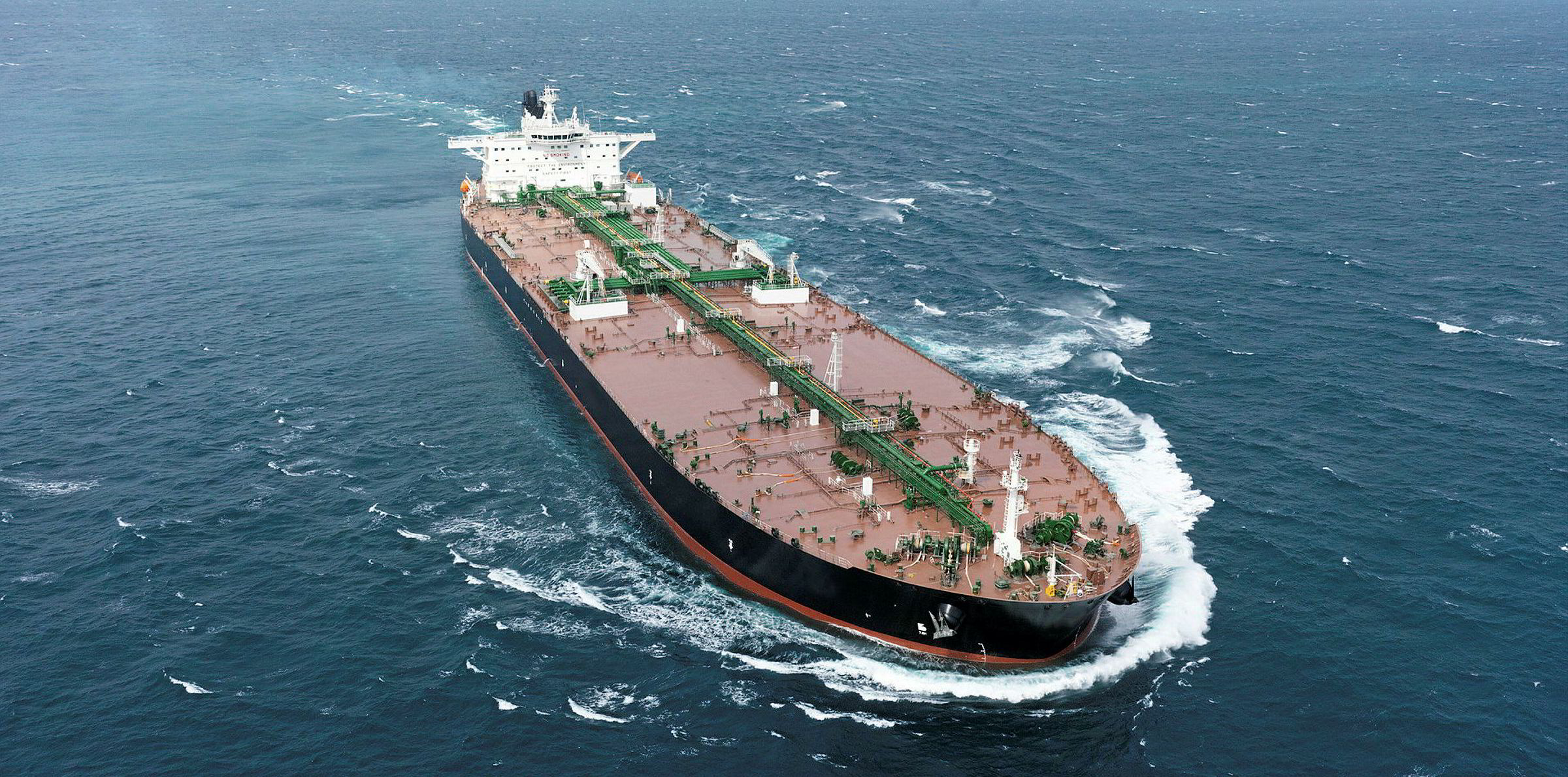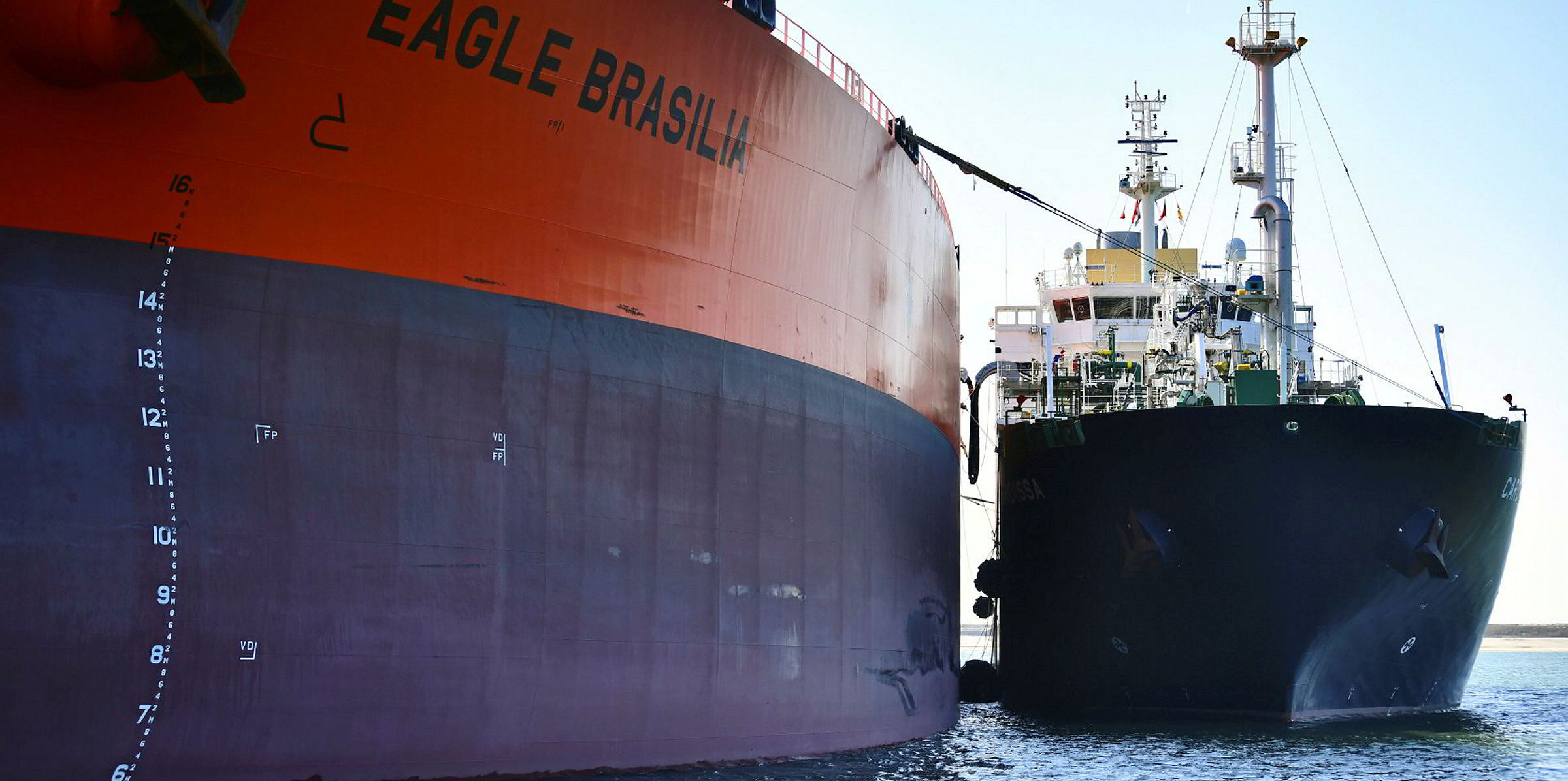Tanker owners could soon be dealing with VLCC rates close to operating expense levels as crude imports fall.
Spot numbers fell further in the past week, down 15% to $23,800 per day, according to Norwegian investment bank Cleaves Securities.
This is also 55% lower than at the same point in June.
Cleaves head of research Joakim Hannisdahl said discharge delays in China are "still supportive" for owners, but with a general lack of cargoes amid Opec+ supply cuts and low production levels elsewhere, the downwards pressure on spot rates persists.
He told TradeWinds that "generic" VLCC operating costs are about $8,000 per day, with modern vessels slightly lower.
And he added that while specific forecasting is highly uncertain, numbers could fall below $10,000 per day in the near term from astonishing levels of about $200,000 per day earlier this year during the oil glut and storage boom.
Most sizes under pressure
Clarksons Platou Securities, the investment banking arm of shipbroker Clarksons, said most tanker segments continued to come under pressure on limited volumes last week.
But VLCCs have started the week on a firmer footing, with charterers more active in the Arabian Gulf and West Africa markets.
Rates have reached an average of $30,800 per day, the highest in three weeks.
According to Clarksons Research Services, there are 100 VLCCs currently being used as floating storage, up from 87 at the end of June, which is keeping vessel supply somewhat tighter despite the significant OPEC+ cuts, it added.
And suezmaxes have improved slightly to the $15,000 per day level, up from lows last week of about $10,000 per day.
An increase in West African activity has allowed suezmax rates to rise, although overall rates remain at fairly weak levels, the firm explained.
In the product tanker sector, MR rates are little changed at $10,500, despite a fairly active market late last week.
"Due to some rate dislocations, charterers have increasingly focused on splitting LR1 cargoes onto MRs, which is keeping rates in the LR segment at generally weak levels," Clarksons Platou said.
Analyst Kpler said European crude imports have been hit hard by the fallout from the coronavirus. It added this was "unsurprising".
The region acts as "the world’s marginal refining centre," it said.
Imports fall in Europe
Crude imports into European countries that are members of the OECD, including from domestic production, fell to 7.82m barrels per day (bpd) in June, down a "considerable" 1.23m bpd from May and 2.39m bpd year on year, Kpler said.
"These drastic declines in imports were first signalled in April as arrivals dropped 713,000 bpd to approach the lows seen in spring 2016. May saw a more modest month-on-month decrease, with the move through June taking imports to levels never before tracked in Kpler’s data set," the firm added.
The decrease in crude imports has closely mirrored the progression of the virus through Europe, with Italy the first to cut volumes significantly in March.
Throughout the second quarter, imports there averaged 439,000 bpd lower year on year.
The UK saw reduced imports in April, down 397,000 bpd month on month, with flows into Spain and Turkey declining throughout May.
Biggest in the Netherlands
The most significant drop in June was seen in the Netherlands, a sign more of the ongoing impact to the refining sector as a whole rather than specific Covid-19 effects in the country.
Imports into the Netherlands had been holding stable, even increasing slightly in April and May. Over this period, onshore inventories in the country had been building from the multi-year low seen in February.
By May, imports averaged 2.15m bpd, on a par with the 2019 average. They subsequently fell by 670,000 bpd, with June averaging 1.48m bpd.
Compared with March, the last "normal" import month, the biggest decline by origin of crude into OECD Europe was seen from the US, down by 622,000 bpd over the three months.
Following closely behind were volumes from Russia, down 539,000 bpd, with those of Iraq third, down by 338,000 bpd.







